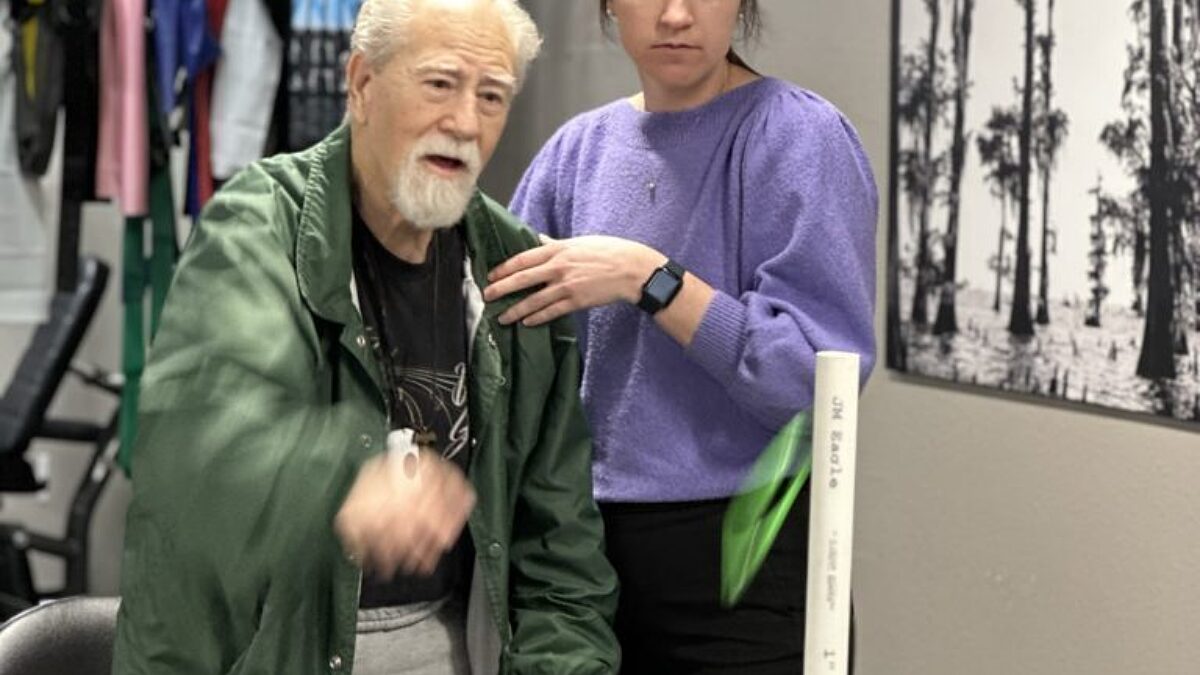
Recent Posts
May is National Stroke Awareness Month, a time when people across the country are encouraged to learn more about the causes and risk factors of stroke, as well as the importance of early intervention and treatment. Stroke is one of the leading causes of death and disability in the United States, and physical therapy can play a critical role in helping stroke survivors recover and regain their quality of life.
What is a Stroke?
A stroke occurs when blood flow to the brain is interrupted, either by a blood clot or a ruptured blood vessel. When this happens, brain cells begin to die, leading to a range of physical and cognitive impairments. The severity of a stroke can vary widely, depending on the location and extent of the brain damage.
Common symptoms of stroke include sudden weakness or numbness on one side of the body, difficulty speaking or understanding language, and vision problems. It’s important to seek emergency medical attention right away if you or someone you know is experiencing any of these symptoms.
How Physical Therapy Can Help
Physical therapy can be a critical component of stroke recovery, helping patients to regain strength, flexibility, and mobility. The goals of physical therapy for stroke survivors typically include:
- Restoring range of motion and muscle strength
- Improving balance and coordination
- Enhancing motor control and gait
- Reducing pain and discomfort
- Improving functional ability in daily activities
Physical therapists use a range of techniques and exercises to help patients achieve these goals, including stretching, strengthening exercises, and balance training. They may also use specialized equipment such as gait trainers or functional electrical stimulation devices to help patients regain function and independence.
Physical therapy can be particularly important in the early stages of stroke recovery, when patients are most vulnerable to complications and may require close monitoring and intervention. By working with a physical therapist early on, stroke survivors can maximize their potential for recovery and improve their overall quality of life.
Preventing Stroke
While a stroke can be a devastating event, there are steps you can take to reduce your risk of having a stroke. These include:
- Managing high blood pressure, which is a major risk factor for stroke
- Quitting smoking
- Maintaining a healthy weight
- Exercising regularly
- Eating a healthy, balanced diet
- Managing diabetes and other chronic health conditions
In addition to these lifestyle factors, it’s important to know the warning signs of stroke and to seek emergency medical attention right away if you or someone you know is experiencing symptoms.
National Stroke Awareness Month is an important reminder of the impact of stroke on individuals, families, and communities. By raising awareness of the causes and risk factors of stroke, as well as the importance of early intervention and treatment, we can help more people prevent stroke and recover from its effects. If you or someone you know has experienced a stroke, working with a physical therapist can be an important step on the path to recovery.
